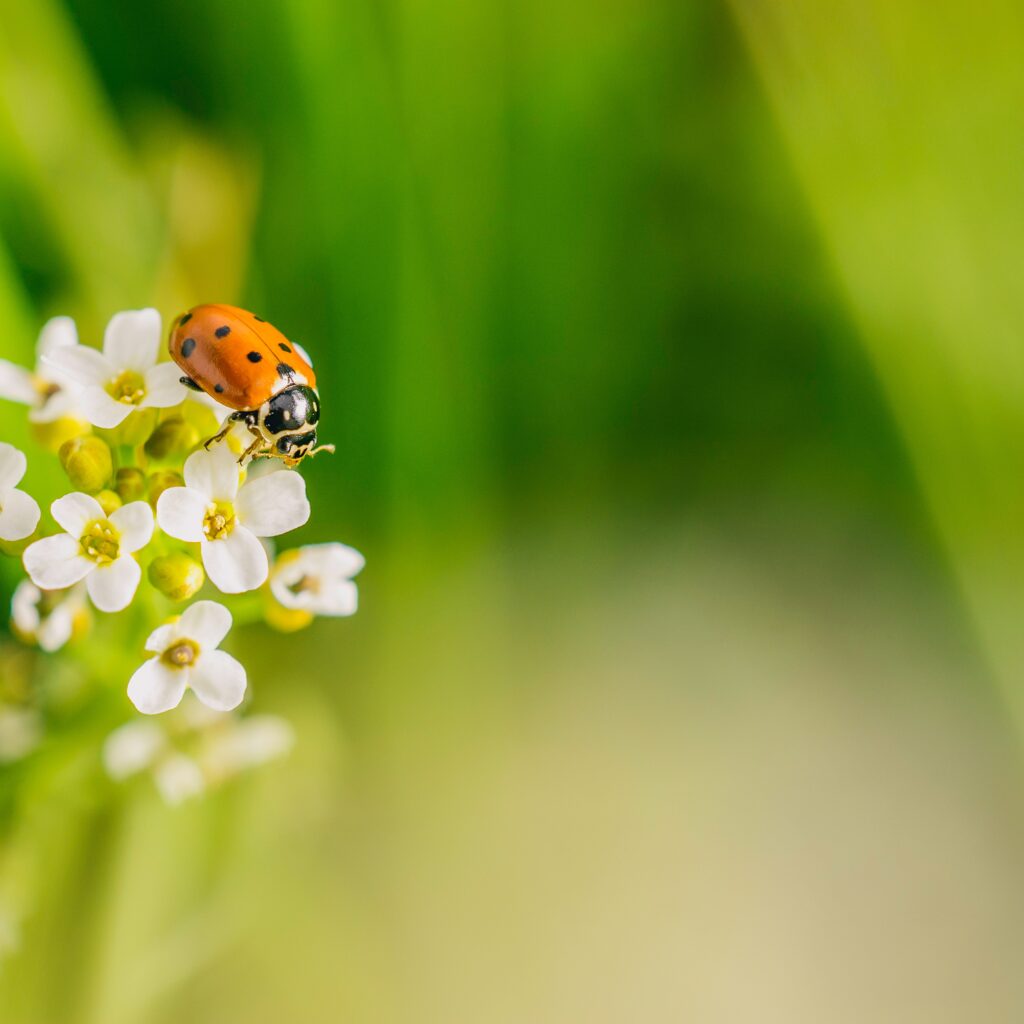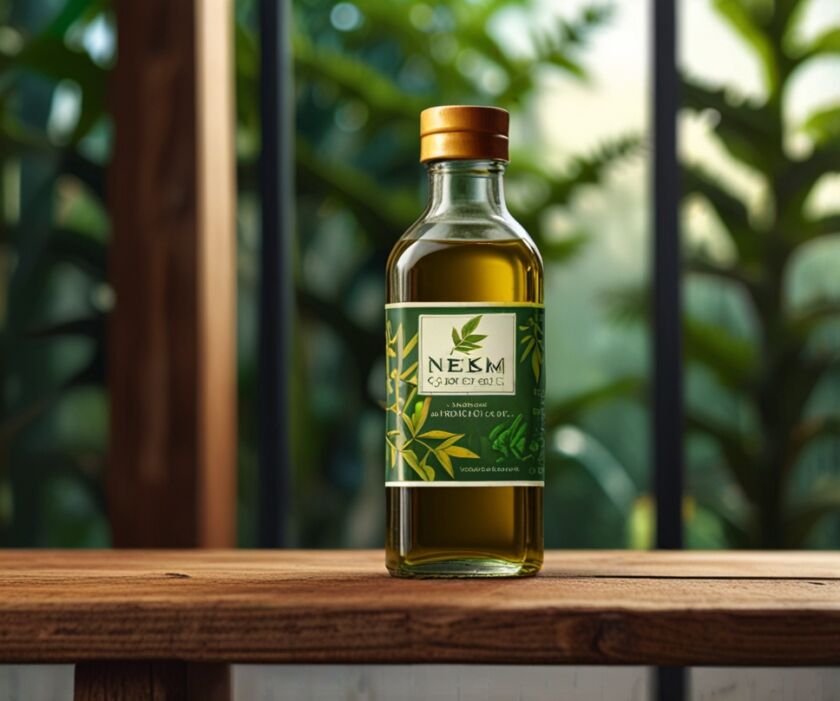Start by reading the label to ensure you’re using the right amount because different neem oil products have different formulas on the market.
If you’re emotionally attached to your houseplants like I am, you understand the struggle of seeing your beloved plants invaded by unwanted insects and pests.
Using chemical pesticides can feel more like starting a nuclear war. While they may kill the bad insects, they can also damage your plants. In this post, we’ll discuss an organic alternative that can help you control insects while keeping your plants healthy.
By using NEEM neem oil plant spray, you can eliminate all bad insects while keeping the beneficial ones alive, resulting in healthy plants.
There are many good neem oil products available on the market, but homemade ones often yield the best results.
Keep reading to learn all about how to use neem PLANT oil, the different ways to use it, and when it’s best to apply it. moreover, where to find homemade neem oil without the hustle of making it yourself.

Beneficial insect ladybug beetle
what is neem oil For plant
Azadirachta indica, commonly known as neem trees, originates from India and produces seeds which used in making neem oil. the seeds are squeezed and treated to extract oil with insecticidal and fungicidal properties. neem oil has been used for centuries in controlling pests and diseases.so, If you’re frustrated with pests infesting your plants, neem oil is the solution for you.
When should neem oil be applied to plants?
Neem oil plant spray is safe, but it doesn’t mean you can apply it whenever you want just to prevent diseases that don’t exist in the first place.
Use the oil in these cases:
- when you notice the first signs of pest invasion
- disease development
- During seasonal disease periods.
- when your plant already has a disease or pests on it.
If you encounter one of these cases, here’s when to use neem oil:
- apply the oil spray in the morning or evening when beneficial insects are dormant and not actively pollinating or feeding.
- Using the oil plant spray during the daytime can harm your plants, as it may cause leaf burning from sunlight exposure and harm beneficial bugs. However, you can safely use neem oil throughout the planting season without any risks.

How does neem oil spray work as an insecticide?
spraying neem oil prevents insects from feeding, disrupting their normal life cycle. Essentially, without food, their growth, mating, egg-laying, and eventual survival are compromised, leading to their death.
So, in conclusion, it’s important to note that the results of using neem oil won’t happen instantly, so be patient. However, the good thing is that it’s effective against many types of harmful insects, including moth larvae, scale, and spider mites.
It should be noted that neem oil spray has few residual effects, so for all the bees and ladybugs lovers out there, beneficial insects are safe from harm.
step by step guide to use neem oil on garden plants or houseplants
We don’t want to harm pollinators, so make sure you use this neem spray in the morning or evening when they are active during the daytime.
This is timeline description. Please click here to change thiWhen applying it, make sure to cover all of the leaves, including the top side where pests usually hide and lay eggs. You can even apply some in the soil.
No, you need to be patient and inspect the plants to see if any reapplying is needed.
Mini Shop
Best Selected Items
some expert and personal tips that I’ve found useful in my own experience
- Before applying the oil to all plants, do a test on a leaf and wait for a day or two if you are a patient person.
- This test will help you determine if your dosage is balanced or not.
- If the dose is excessive, you will notice burning, swelling, or other changes on the tested leaf. Any such occurrences require adjusting the dose by adding more water to the solution.
- Don’t use the neem spray on seedlings as they are more sensitive. The potential damage outweighs the benefits for them.
- If the plants you are treating have experienced drought, overwatering, potting, repotting, or any recent changes, they may be in a state of shock. In such conditions, avoid applying the oil spray.
- Don’t use neem oil during overheated seasons where the temperature exceeds 80 to 90 degrees Fahrenheit.
- if the temperature drops below 55-50 degrees Fahrenheit at night, avoid using it as it may cause phytotoxicity.
- Use one of the recommended neem products above, as they are guaranteed and tested by different farmers and houseplant lovers, including myself. These products are packaged at the correct proportions, minimizing the risk of overuse.
- It’s true that neem oil is one of the best organic anti-pest treatments. However, it’s better to use different organic products as overusing neem spray can lead to pests developing resistance to it. This can render it powerless or ineffective over time.
- The recommended alternative is insecticidal soap.

kahla akram is a professional home decorator, interior designer, and master gardener writer. he is also a seasoned expert horticulturist, with a wealth of experience and a string of impressive achievements. his work has been featured in a multitude of global magazines, and he operates under his highly respected brand, budge to gadget.









